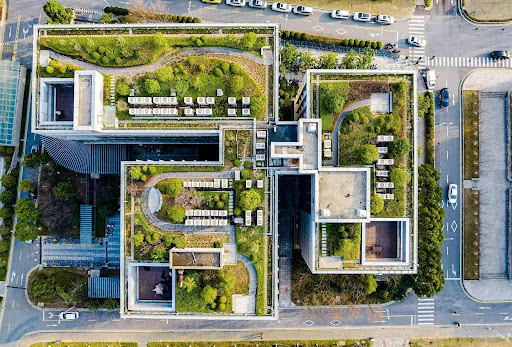A green building is a building that reduces or eliminates negative impacts on the climate and natural environment through its design, construction, or operation. As per Joe Cianciotto, green building practices helps in preserving precious natural resources, and can also play a role in improving the quality of life of people. Green building involves the practice of creating structures and making use of processes that are environmentally responsible and resource-efficient throughout the lifecycle of a building, starting from design and construction to its operation, maintenance and renovation.
Joe Cianciotto sheds light on the important characteristics of green buildings
Green buildings are designed purposefully in order to benefit both the environment, as well as the people inhabiting them. Such structures prioritize resource conservation, energy efficiency, and the use of sustainable and eco-friendly materials. Green buildings are also called high-performance buildings at times due to their functionality resilience, longevity, occupant comfort and economic viability. Green buildings can be built at any scale, right from a high-rise to a cozy, sustainable single-family home.
Here are a few key characteristics of green buildings:
- High energy efficiency: Green buildings aim to lower overall energy consumption without causing a reduction in building functionality. This leads to a reduction in greenhouse gas emissions. Green buildings are typically designed to minimize energy consumption by incorporating features like advanced insulation, as well as energy efficiency systems for lighting, ventilation and HVAC. This not only lowers the energy bills but also helps reduce the carbon footprint of the building. Many green buildings include renewable energy sources like solar panels, which can further reduce their impact on the environment.
- Efficient resource utilization: Green buildings are known to make efficient use of resources, during their construction and operation. They generally make use of recycled or locally sourced materials, thereby minimizing the environmental impact of transportation and production. Green buildings may even feature rainwater harvesting systems that help reduce water consumption.
- Reduce water use: Green buildings aim at reducing the overall water used by the project. They also make sure that diverse water needs are meet by carefully chosen sources, like efficient re-use and rainwater harvesting for non-potable requirements. Reduction in the use of potable water can be achieved through diverse systems for rainwater collection and water reuse.
- Commitment to environmental responsibility: Green buildings adhere to stringent environmental standards that are focused on reducing or eliminating harmful emissions, waste, and pollutants. They are fairly mindful of their impact on natural systems, and may even act as stewards of local habitats and species.
- Integration f sustainable practices: The seamless integration of sustainability practices throughout the lifecycle of the building is a hallmark of green building. This would include the design, construction, and operation of the building, Sustainable design elements may include passive heating and cooling systems, natural lighting, and inclusion of green spaces.
As per Joe Cianciotto, green buildings are not just eco-friendly but also advantageous for people who occupy them. They provide a healthier indoor environment by enhancing thermal comfort, reducing volatile organic compounds (VOCs), and ensuring proper ventilation.


